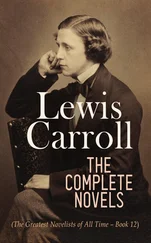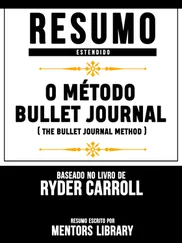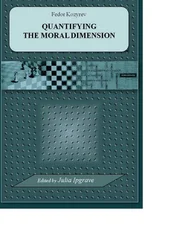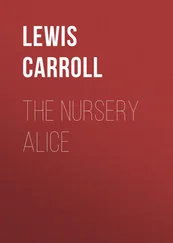This freedom of choice is a double-edged privilege. Every decision requires you to focus, and focus is an investment of your time and energy. Both are limited—and therefore exceptionally valuable—resources.
Warren Buffett, one of the most successful investors of all time, gave the following advice to his trusty pilot Mike Flint. They had been discussing Flint’s long-term plans. Buffett asked Flint to draft a list of his top 25 career goals. When he was done, Buffett asked Flint to circle his top five. When asked about the ones he circled, Flint replied, “Well, the top five are my primary focus, but the other twenty come in a close second. They are still important, so I’ll work on those intermittently as I see fit. They are not as urgent, but I still plan to give them a dedicated effort.”
To which Buffett replied, “No. You’ve got it wrong, Mike. Everything you didn’t circle just became your Avoid-At-All-Cost list. No matter what, these things get no attention from you until you’ve succeeded with your top five.” 9
In an interview published in Vanity Fair , President Barack Obama said, “You’ll see I wear only gray or blue suits. I’m trying to pare down decisions. I don’t want to make decisions about what I’m eating or wearing. Because I have too many other decisions to make.” 10 The same is true of Facebook founder Mark Zuckerberg with his gray hoodies, or Apple founder Steve Jobs and his famous black-turtleneck-and-jeans uniform. Acutely aware of how taxing deliberating over options can be, they sought every opportunity to limit choice in their lives.
As psychologist Roy F. Baumeister wrote in his book Willpower : “No matter how rational and high-minded you try to be, you can’t make decision after decision without paying a biological price. It’s different from ordinary physical fatigue—you’re not consciously aware of being tired—but you’re low on mental energy.” 11 This state is known as decision fatigue. In other words, the more decisions you have to make, the harder it becomes to make them well. This is why you’re more likely to eat an unhealthy dinner at the end of the day than an unhealthy breakfast at the beginning of the day, when you have a full tank of willpower.
Left unchecked, decision fatigue can lead to decision avoidance. This is especially true for big life choices, which we tend to put off till the last minute. Daunting choices don’t simply vanish; they wait in the wings, steadily becoming more menacing. Where do I want to go to college? Do I want to marry this person? Should I take that new job? By the time you’re finally forced to make a decision, at the tail end of all the other decisions you’ve been making to avoid having to make this big one, chances are you don’t have a lot of focus left to spare. No wonder we often feel stressed, anxious, and overwhelmed.
We try to treat these symptoms with even more distractions. Drinking, eating, traveling, binge-watching, etc. Even though your Netflix queue is four years long, somehow nothing looks good! You can’t decide, and now you’re even more stressed. In order to make a lasting difference, we need to address not the symptoms but the cause.
We need to reduce the number of decisions we burden ourselves with so we can focus on what matters.
The first step to recovering from decision fatigue, to get out from under the pile of choices weighing on you, is to get some distance from them. You need some perspective to both clearly identify and corral your choices. We do this by writing them down. Why write them down? Each decision, until it’s been made and acted on, is simply a thought. Holding on to thoughts is like trying to catch fish with your bare hands: They easily slip from your grasp and disappear back into the muddy depths of your mind. Writing things down allows us to capture our thoughts and examine them in the light of day. By externalizing our thoughts, we begin to declutter our minds. Entry by entry, we’re creating a mental inventory of all the choices consuming our attention. It’s the first step to taking back control over our lives. Here is where you can begin to filter out the signal from the noise. Here is where your Bullet Journal journey will begin.
Just like when organizing a closet, we need to take everything out before we can decide what stays and what goes. Creating a mental inventory is a simple technique that will help you quickly take stock of what you’ve been jamming into your mental closet. Chances are there are a lot of useless responsibilities hogging valuable mental and emotional real estate up there.
To begin, sit down with that sheet of paper I mentioned you’d be needing. Orient it horizontally and divide it into three columns (you can either fold it twice or draw the lines like in the Mental Inventory on this page).
1 In the first column, list all the things you are presently working on.
2 In the second, list all the things you should be working on.
3 In the last column, list the things you want to be working on.
Keep your entries short and in list form. If one task sparks a stream of others, go with it. Give yourself some time with this exercise, and dig deep. Be honest. Get it out of your head (and your heart) and lay it out on the page. Take a deep breath and begin.
MENTAL INVENTORY
Working on
Taxes
Presentation for Acme Co
Cleaning up photo library
Emmy dinner party planning
Should be working on
Workout plan
Learn how to invest
Weekly meal plans
Set 5-year goal
Call ’rents
Get a checkup
Retirement plan
Want to be working on
Plan trip to Hawaii
Learn to cook
Learn another language
Read more
Write more
Lose 10 pounds
More time with friends
This Mental Inventory you just created provides a clear picture of how you’re currently investing your time and energy. It’s a map of your choices. The next step is to figure out which ones are worth making.
We’re so busy with all the things we’re doing (or should be doing) that we forget to ask ourselves why we’re doing these things. We end up burdening ourselves with all sorts of unnecessary responsibilities. The Mental Inventory grants us the opportunity to take a step back and ask why.
Go ahead, ask why for each item on your list. You don’t need to dive down an existential rabbit hole. Simply ask yourself two questions:
1 Does this matter? (To you or to someone you love)
2 Is this vital? (Think rent, taxes, student loans, your job, etc.)
TIP:If you struggle to answer these questions about a given item, ask yourself what would happen if said item just didn’t get done. Ever . Would there be any real repercussions?
Any item that doesn’t pass this test is a distraction. It adds little to no value to your life. Cross it off. Be ruthless. Keep in mind that each task is an experience waiting to be born, offering a glimpse into your potential future. That’s why everything on your list has to fight for its life to stay there. More accurately, each item needs to fight for the opportunity to become part of your life.
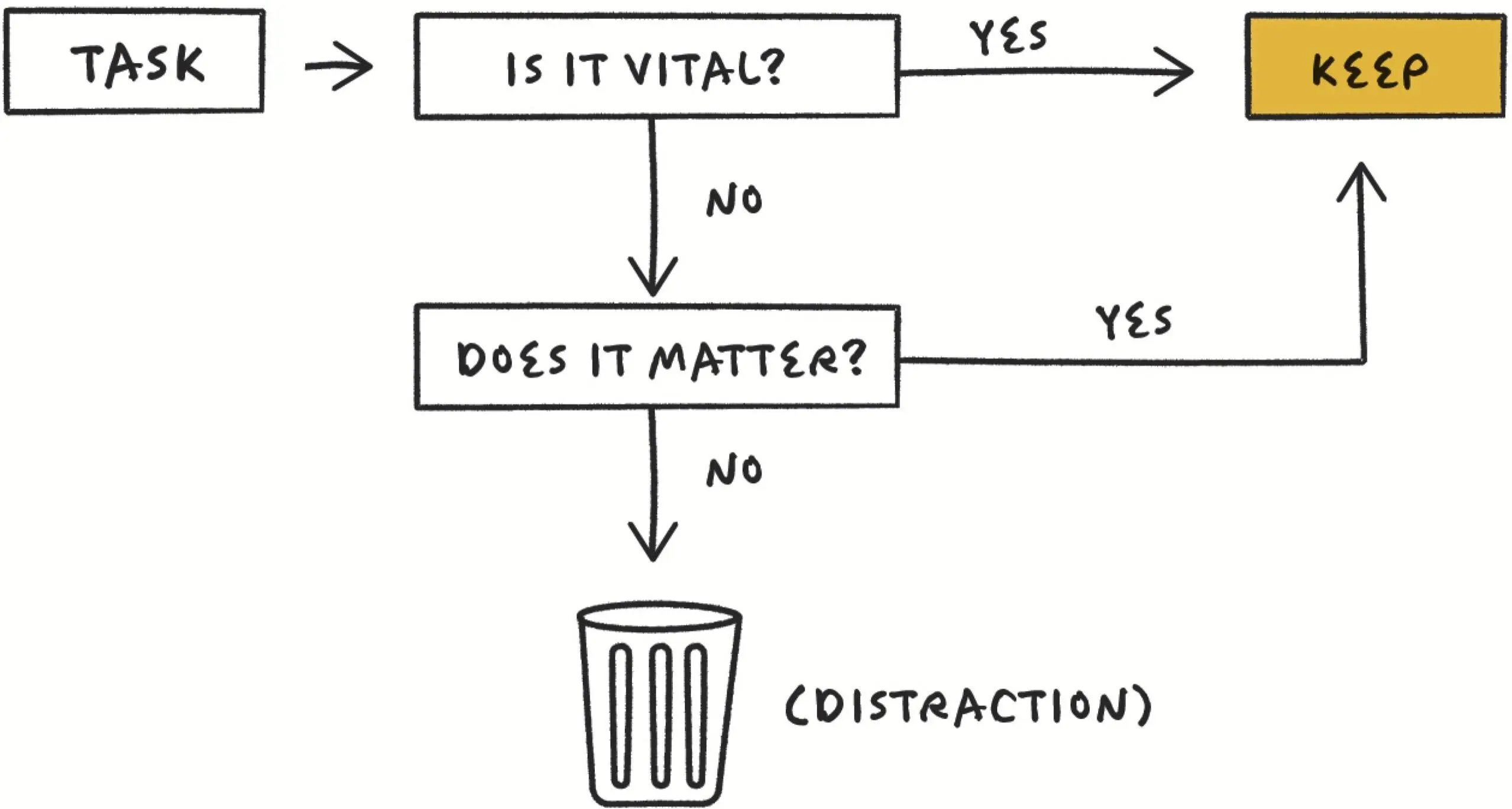
When you’re done, you’ll probably be left with two types of tasks: things you need to do (your responsibilites) and things you want to do (that is, your goals). Throughout the course of this book, I will show you ways you can push forward on both fronts. For now, though, you have all the ingredients needed to populate your Bullet Journal. All, that is, except for your notebook.
Читать дальше
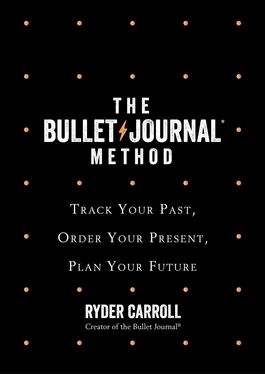


![Райдер Кэрролл - Bullet Journal метод [litres]](/books/407399/rajder-kerroll-bullet-journal-metod-litres-thumb.webp)
